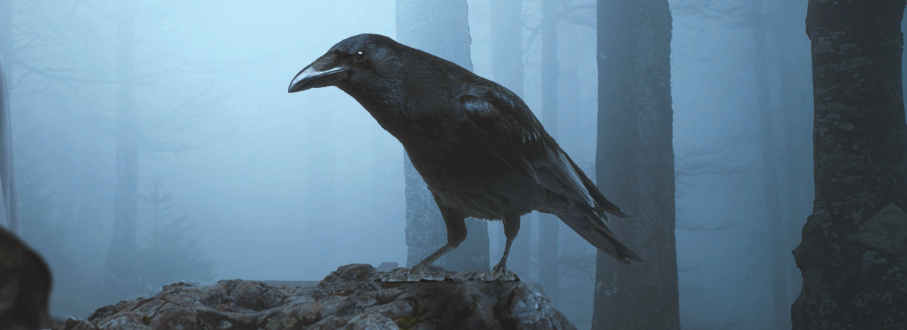Spooky Celebrations
- Guest Blog
- Oct 1
- 2 min read
As autumn descends and the nights draw in, we’re getting geared up for Halloween, a night of costumes, spooky tales, and sweet treats! Yet, this familiar celebration is just one thread in a rich global tapestry of holidays that honour the deceased. Across cultures and continents, this time of year often serves as a poignant moment to remember those who have passed, reflecting a universal human desire to connect with the other side.

The origins of Halloween itself, or All Hallows' Eve, are deeply rooted in ancient tradition. It is widely believed to have evolved from the Celtic festival of Samhain, a pivotal time when the veil between the worlds of the living and the dead was thought to be at its thinnest. People would light bonfires and wear disguises to ward off roaming spirits. The Cailleach, an Irish goddess who appears as a crone, is intrinsically linked to Halloween through Samhain, she is the primordial goddess who embodies winter's arrival. On Halloween night, she emerges to bring the cold and snow, with her awakening signalling the turn of the season. She is seen as a reminder of the cyclical nature of life and death, as she controls the weather and holds dominion over winter until her retreat and transformation into stone on Beltane, spring. This custom was later integrated with the Christian observances of All Saints' Day and All Souls' Day, creating the hybrid of solemn remembrance and playful superstition we recognise today.
While children embark on trick-or-treating, a far more elaborate and vibrant celebration unfolds in Mexico. The Día de los Muertos, or Day of the Dead, is not a sombre affair but a colourful and joyous festival held from 31 October to 2 November. Families build ornate altars, or ‘ofrendas’, in their homes and graveyards, adorned with marigolds, photographs, favourite foods, and candles to welcome back the souls of their departed relatives. It is a beautiful affirmation of life and a cherished opportunity to celebrate the enduring connection between the living and the dead.

This theme of luminous guidance is echoed in other traditions. In parts of Europe, including Poland and Germany, people visit the graves of their ancestors on All Saints' Day, lighting countless candles to create a shimmering sea of light that symbolises eternal life and hope. Similarly, in Japan, the Obon festival, typically observed in August, is a time when ancestral spirits are believed to return to the family home. Lanterns are hung to guide the spirits, and families often clean graves and offer food and prayers. The festival concludes with floating lanterns being released onto rivers and lakes to symbolise the spirits' return to their world.
These holidays, from the playful macabre of Halloween to the deeply spiritual Obon, share a common thread. They each provide a structured time for communities and families to confront the mystery of mortality, not with fear, but with respect, love, and often celebration. They transform grief into remembrance and ensure that those who are gone are never forgotten. In doing so, they offer a powerful lesson: that honouring death is, in its own way, a profound celebration of life itself.
Image Credits: kart_r via pixabay.com / chait_goli via pexels.com






